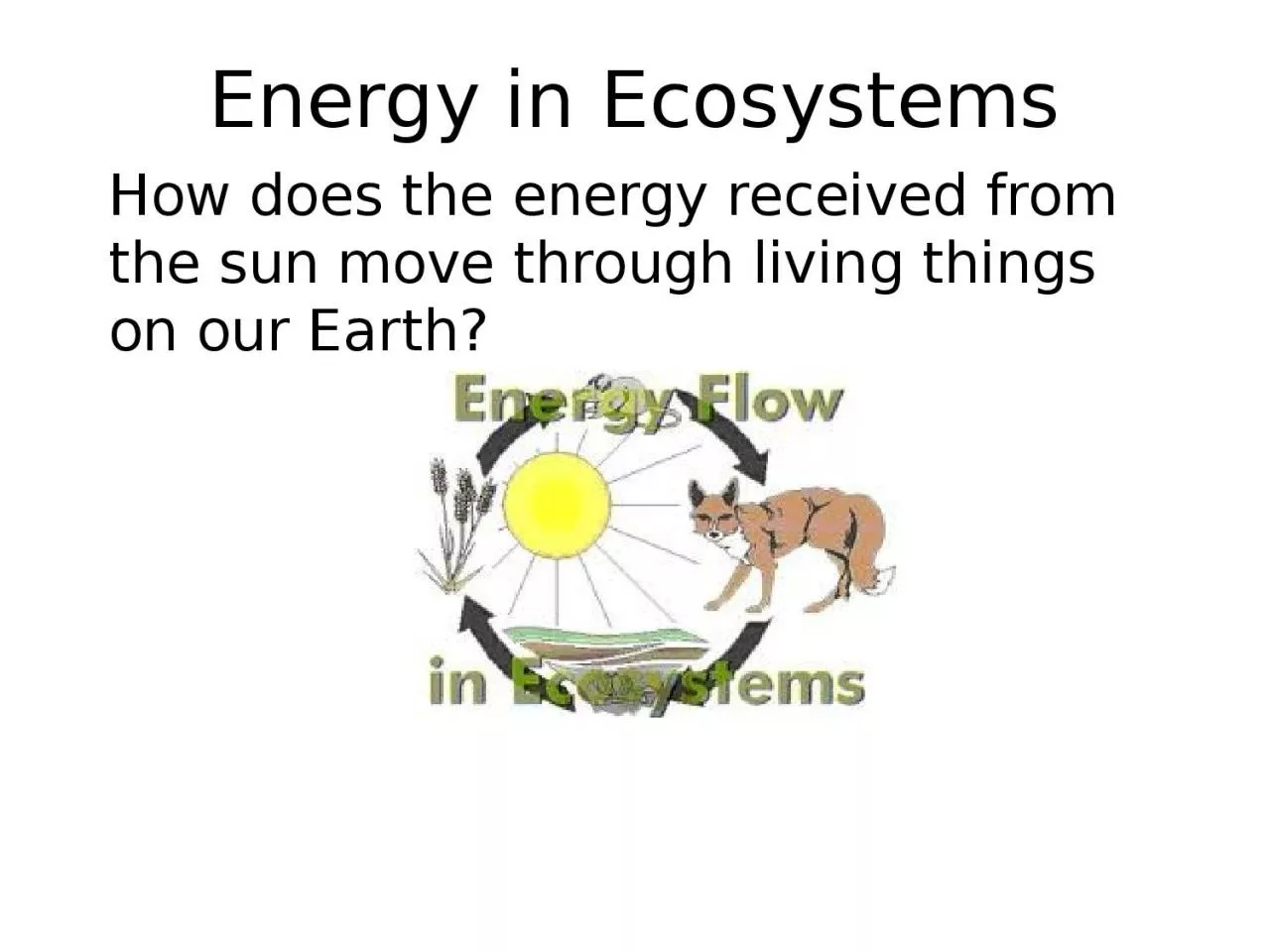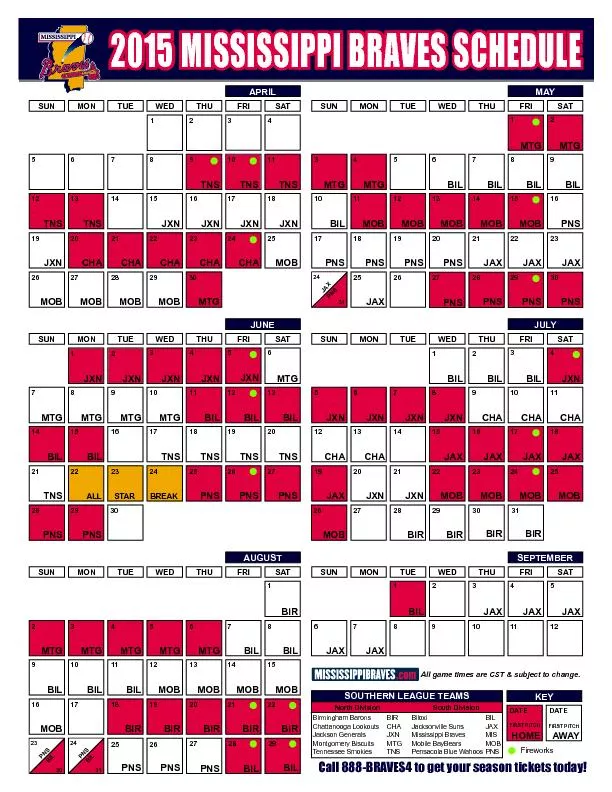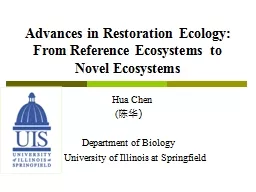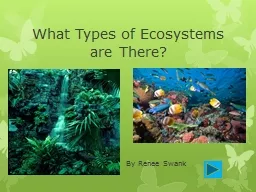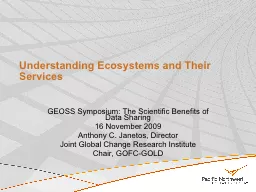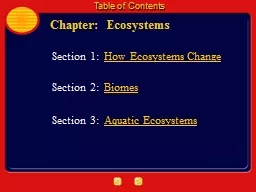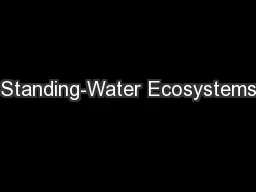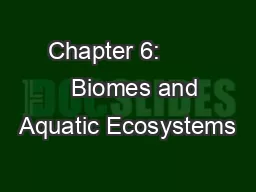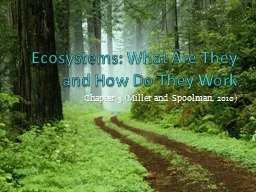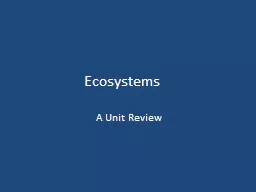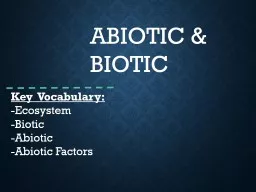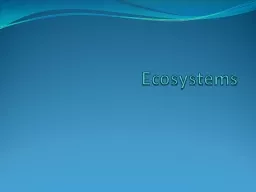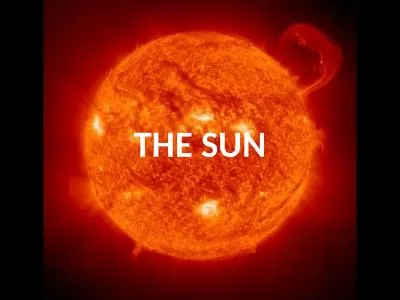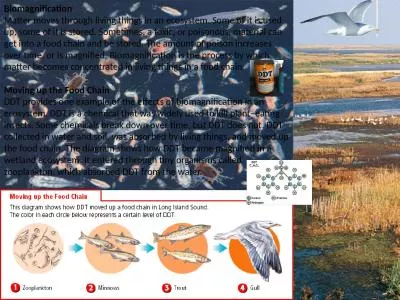PPT-Energy in Ecosystems How does the energy received from the sun move through living things
Author : evans | Published Date : 2023-10-30
Photosynthesis and Sugar Producers use the e nergy from s unlight to combine c arbon dioxide a nd water to make oxygen and a simple sugar called glucose This process
Presentation Embed Code
Download Presentation
Download Presentation The PPT/PDF document "Energy in Ecosystems How does the energy..." is the property of its rightful owner. Permission is granted to download and print the materials on this website for personal, non-commercial use only, and to display it on your personal computer provided you do not modify the materials and that you retain all copyright notices contained in the materials. By downloading content from our website, you accept the terms of this agreement.
Energy in Ecosystems How does the energy received from the sun move through living things: Transcript
Download Rules Of Document
"Energy in Ecosystems How does the energy received from the sun move through living things"The content belongs to its owner. You may download and print it for personal use, without modification, and keep all copyright notices. By downloading, you agree to these terms.
Related Documents

